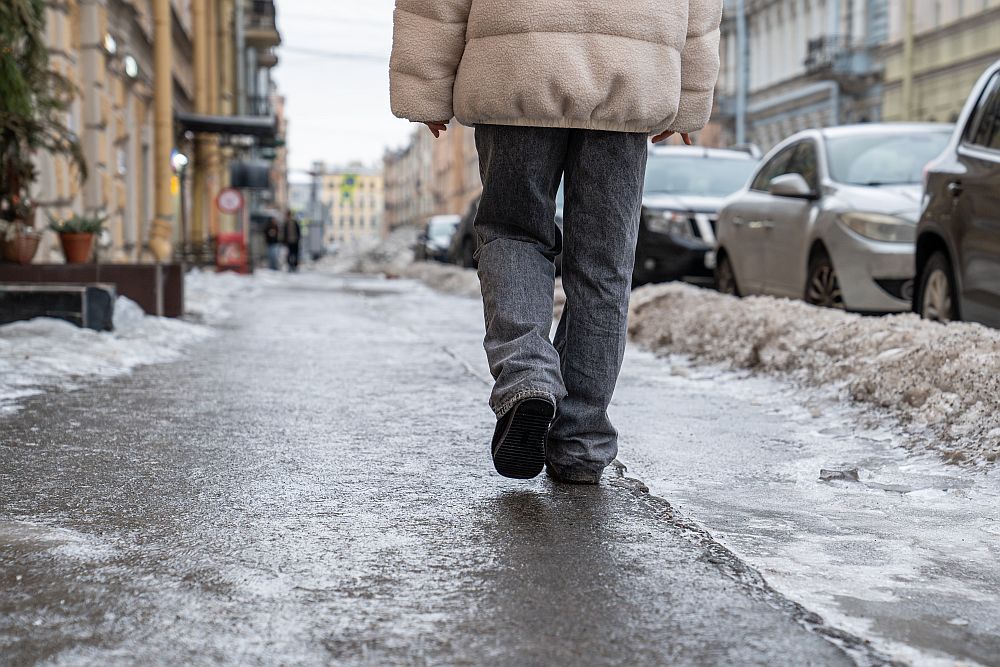
[Image above] A detailed near-infrared image helps to determine areas in which healthy moss grows on a ceramic surface. Credit: Iker Luna
Those with green thumbs understand the black art of identifying, cultivating, and maintaining the right environment in which to grow healthy, strong plants.
Those without? Well, they know when to throw in the towel—and (speaking from personal experience) subsequently spend the rest of their summer buying fresh veggies at local farmstands and farmers’ markets.
But is growing viable greenery really as bewitching as we believe it to be?
According to a new studio experiment, the capacity to grow is more closely tied to surface than it is to superstition.
Under Luis Fraguada and as part of the Open Thesis Fabrication – Smart Urban Elements program at the Institute for Advanced Architecture of Catalonia, architect and designer Iker Luna developed a bio ceramic system to explore the bio receptivity of ceramics.
According to the project description, ceramics—particularly roof tiles—are ideal for growing because of their “thermal and acoustic parameters” and their ability to “function as a buffer for both heat and moisture.” Easily able to retain water, their porous surfaces seem to be a natural fit for mosses, non-vascular plants that thrive in cool, dark areas with “high levels of moistures and acceptable pH levels.”
But those high levels of moisture and an increase in temps can be too much of a good thing, which isn’t good for ceramics that are easily damaged by too much water.
Luna’s first phase of research included testing different growing surfaces for their porosity and roughness. He chose bentonite white clay and incorporated pine sawdust and chamotte to fashion a rougher surface on which to grow the mosses.
Using NIR and NDVI technology, as well as a modified digital camera capable of capturing near-infrared and blue light, Luna was able to analyze the images for areas where healthy moss was present.
“My intention with this system is to control moisture levels with different porosity levels. In order to prove and compare the difference I’ve developed a multiple moisture sensor using an arduino mega controller that is capable of reading data from 10 different regions inside of the clay,” says Luna in a designboom article.

Luna’s multiple moisture sensor is capable of reading data from 10 different regions inside of the clay. Credit: Iker Luna
His prototype includes a set of ceramics with differing properties. The first layer contains the organisms and Rockwool, and a second layer with a “less porous ceramic combined with enamel or vanis” is charged with retaining the high levels of moisture held in the first layer.
“After all the testing, I conclude that moss can grow in a ceramic environment provided with high levels of humidity, good sun and shade parameters … this will generate a heat buffer, where the water will retain three layers in the clay, making a natural exchange cycle from the moss to the medium and vice versa,” he says. “At the same time, levels of density can be tested for sound and temperature buffers, creating a passive system.”
Author
Jessica McMathis
CTT Categories
- Basic Science
- Cement
Related Posts
‘Fairy circles’ may help mark natural underground hydrogen deposits
September 18, 2025



